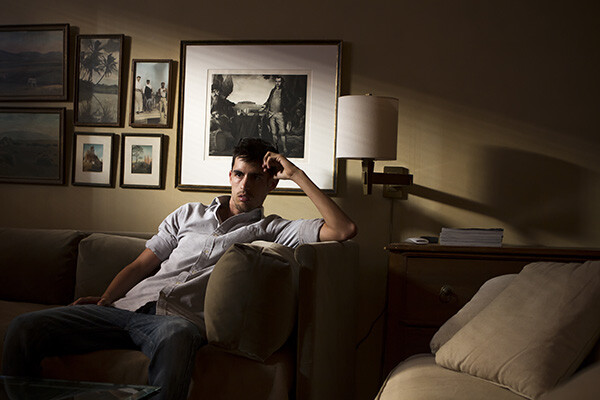
Sure, the concept of photography falls under the realm of one the arts, but can you strictly label someone an artist based on their job or hobby?
Photographers are everywhere nowadays. Beyond the thousands upon thousands of photographers who have businesses and make a living taking pictures, there are also all the families with cameras and anyone who halfway knows how to use a camera phone. Every single one of you who calls yourself a photographer has the opportunity, in my opinion, to call yourself an artist.
The term artist has a powerful meaning that is non-discriminatory. You, as an artist, have the distinct ability to take something and make it your own. But for me, I don’t consider myself an artist. It’s not a label I give myself because I feel that it is too strong for how I look at my own photos.
What do I do? I am in one world, a staff photographer taking pictures of exotic cars, in another world, editorial portrait photographer, and in another a sports photographer. But where I find myself in true harmony is taking landscape and cityscape photos. Do any of these types of photography REQUIRE me to be an artist? Or is that just a term we can only identify ourselves with?
Is the Word Artist too Demanding?
Sometimes there’s a connotation that you have to be an artist to be considered a respectable photographer; whatever either of those terms mean.
In our generation you don’t need much to pick up and learn how to take great photos. It’s not like you need a darkroom, chemicals, and to constantly be purchasing film. With just a good smart phone you can yield some amazing photos in spectacular quality. This has opened the world of photography and the arts to lot more people.
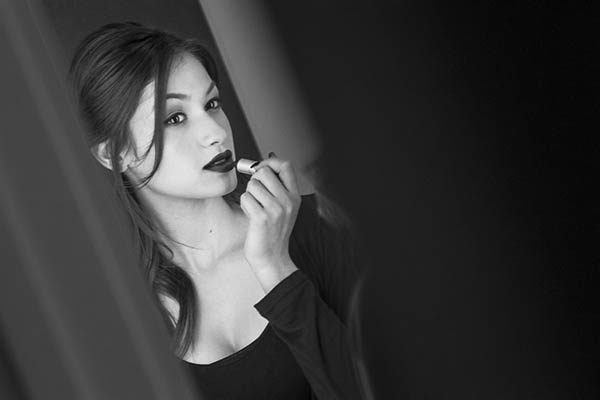
With that said, do you need to be an artist, think like an artist, and go to art school to be a great photographer? I personally have a science mind. I graduated from college with a degree in Health Sciences. I picked up a camera sometime in college, and now that’s what I do.
What about this: do you need to think like an artist and go to art school to BE an artist?
Being a photographer can be just as much about having technical skill and experience, as it is about having a vision.

The Balance Between Technical Skill and Vision
In order to make great photographs you need to have both technical skills and a vision. The combination of these two is what converts real life into a photograph.
Technical skill is required for just about everything you do. Maybe you started on automatic settings for your camera and slowly moved your way to manual as you got more comfortable with it. Maybe all of your photos are printed yourself?
Whatever type of photo you’re trying to capture, chances are you won’t have all the time in the world to check every setting on your camera to see which photo comes out the best. You’ve already learned, and have experience with which settings work best. That’s how you continue to get good-looking photos out of the camera on fewer attempts.
In the world today where just about every photo is being retouched to some degree, editing is also a technical skill that allows you to cement your style into your photos. Editing is an ever-evolving skill as you continue to learn new features in Photoshop (or other editing software) and as technology advances.
In photography you progress, every day you get out there and take a new photo; you’ve gotten better. But that improvement needs to carry on by continuing to learn your craft. Every artist, every photographer, works to improve upon what they’ve already done. You can strive the same way, at your own pace.

When it comes to the other world of photography, some people tend to replace the term vision with other words, like artistic eye. You can call it whatever you want. Your vision can be a result of thorough internal planning of what’s going to make that a great photo. Or your vision can be more instinctual based on a knowledge of photography rules and personal experience.
You see the world, you pull your camera to your eye and you take the photo. That’s what makes every photographer the same as well as different. From the same spot, 20 photographers will yield 20 different photos. Your vision is a result of how you see the world; and you see the world differently than the person next to you based on your upbringing and beliefs.
You can continue to learn your own vision by understanding why you see the world the way that you do. Do your photos reflect the way that you see the world? I found my style because of how often I produced poor results. I eventually found my missing key: foreground and negative space.
In your own personal photos, do you weigh skill and vision equally? Are you working to improve both of them and not just one?
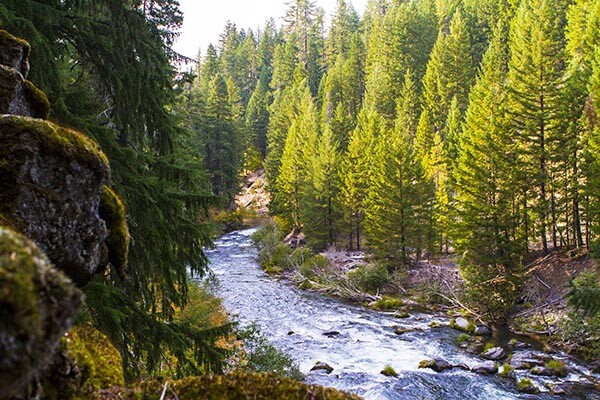
The Reason Why This Distinction Between Photographer and Artist Matters…
There’s no mold in photography. We don’t all have to fit any particular style. Find your own style and explore it. The stigma that one must act like an artist in order to feel comfortable with a camera is erroneous.
You have the things you want to capture (vision) and over time you develop your own styles through skill and experience.
Do you label yourself an artist?
Will G. MacNeil (wgmphotography.com) takes photos for a living and is currently residing in Chicago, IL. Beyond everything, landscapes, editorials, and sports make up his style in the industry. You can follow Will G. MacNeil on Instagram for more concepts and photos.
The post Is Being a Photographer Synonymous With Being an Artist? by Will G. MacNeil appeared first on Digital Photography School.

Digital Photography School










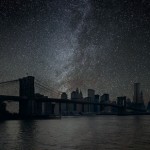
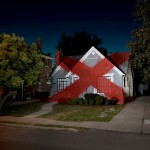
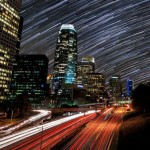





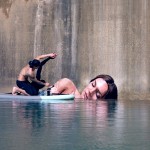


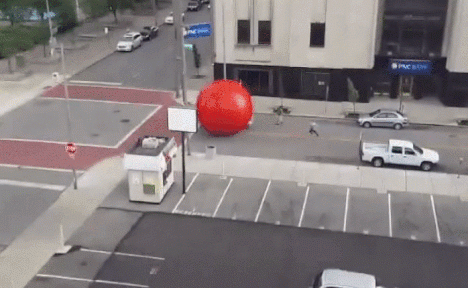
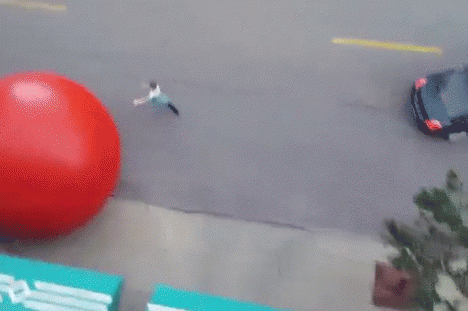
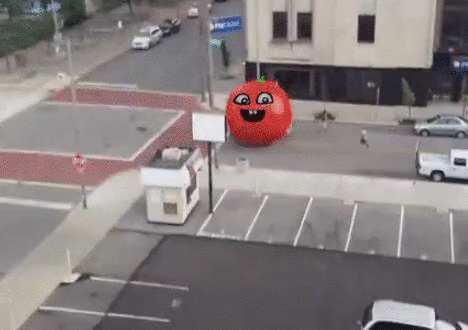
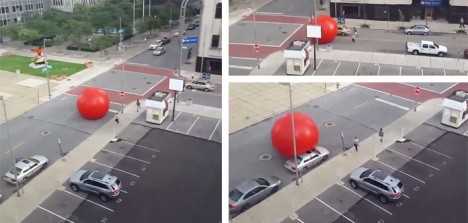
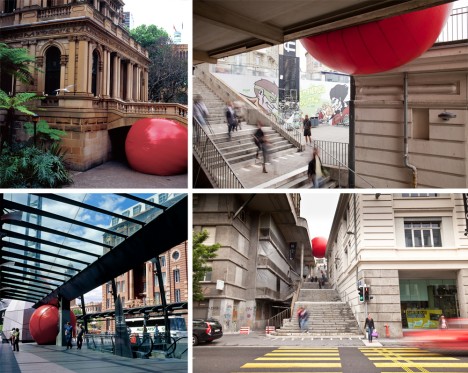
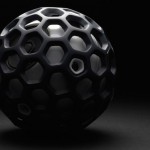
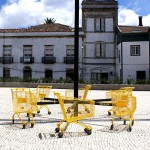
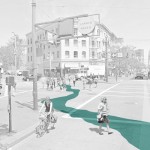
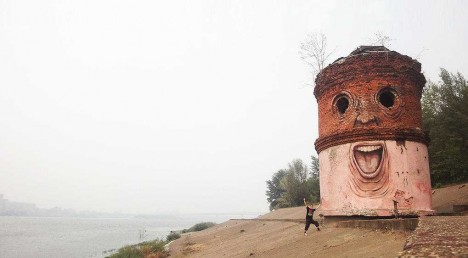
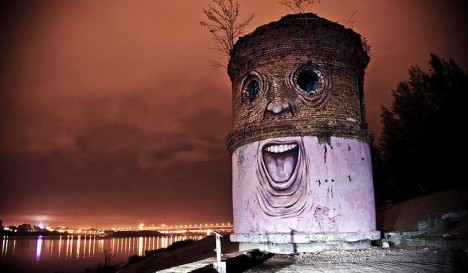
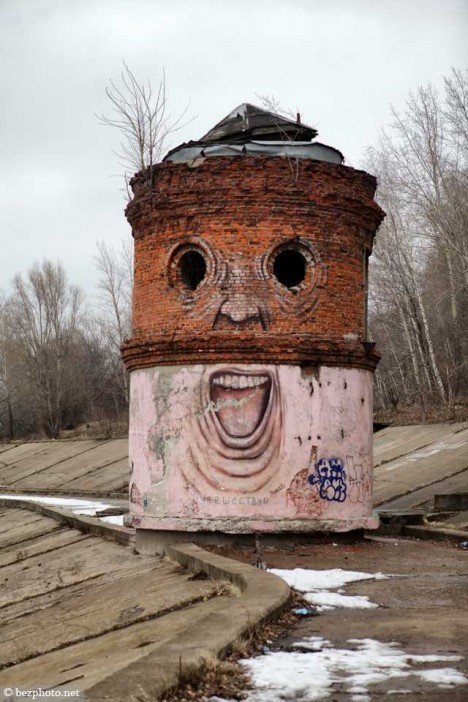
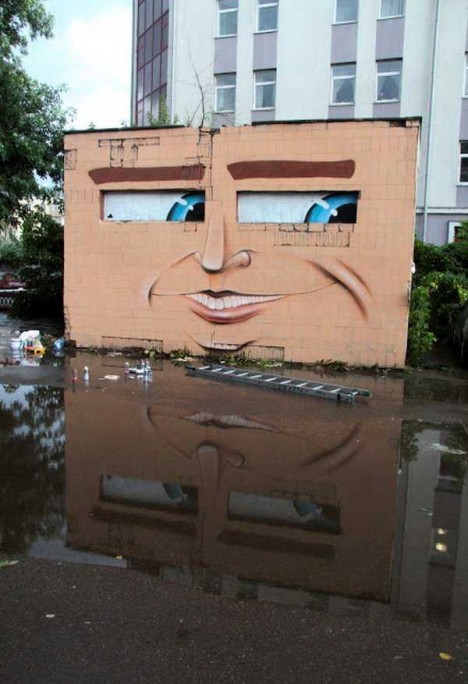
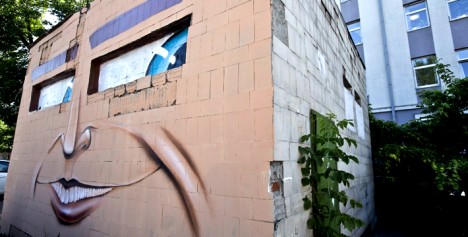
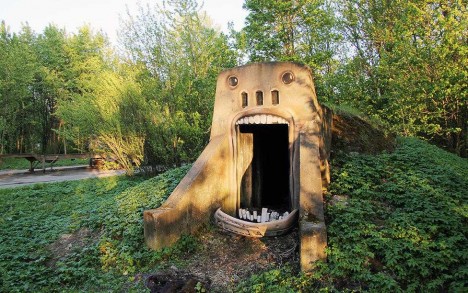
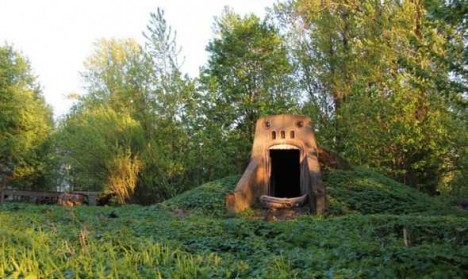
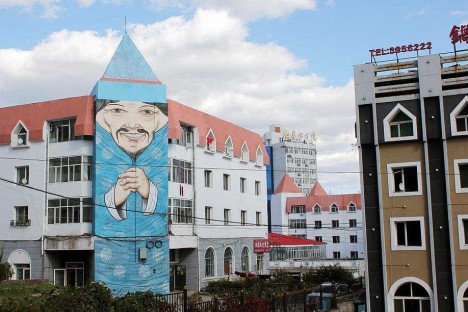

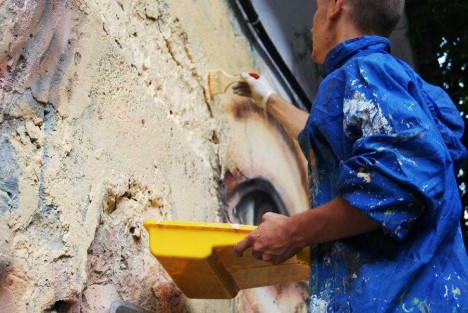
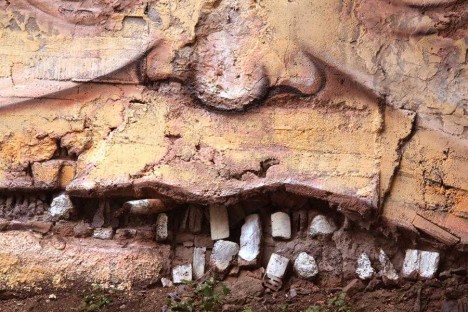
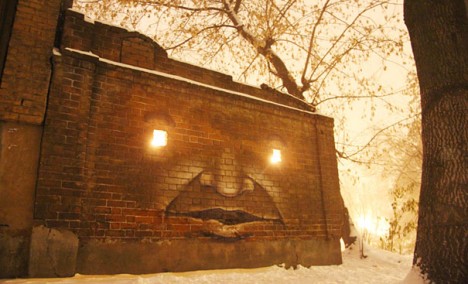
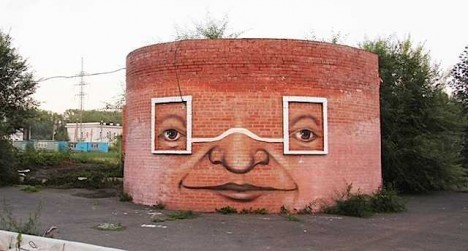
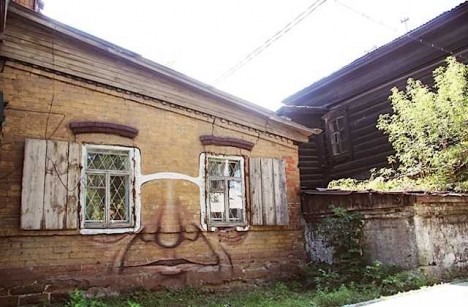
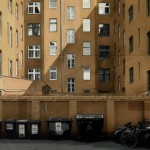
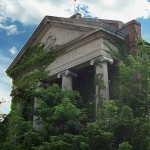
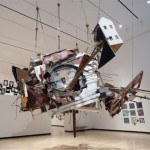









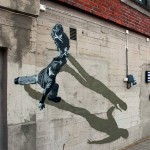
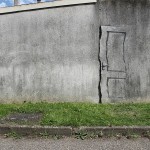
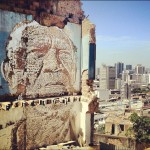
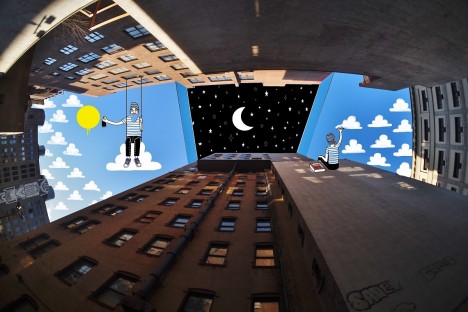



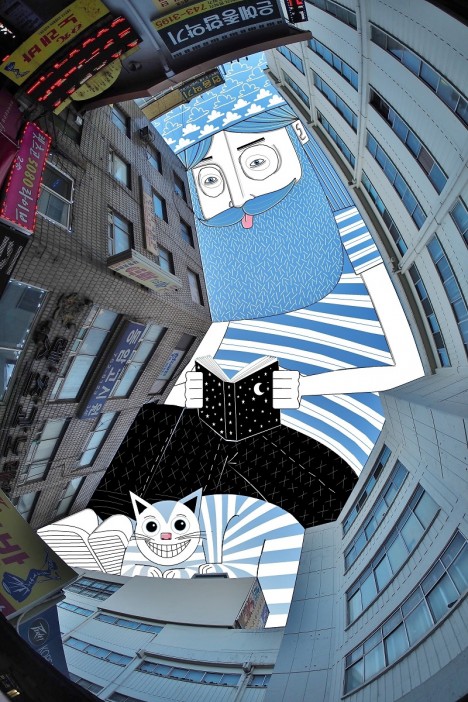
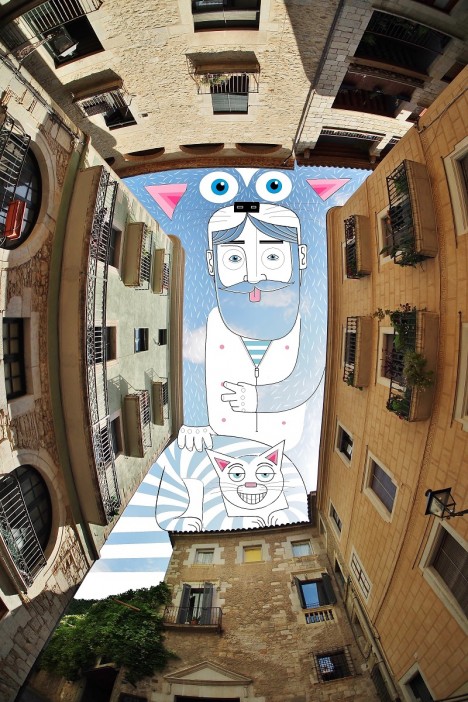
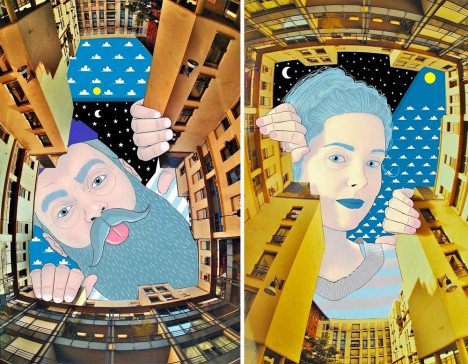
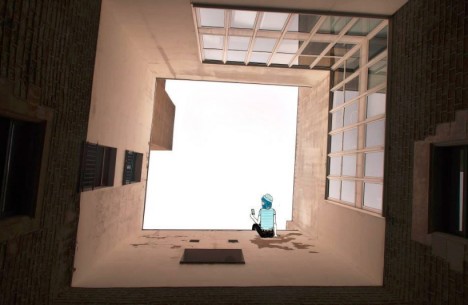
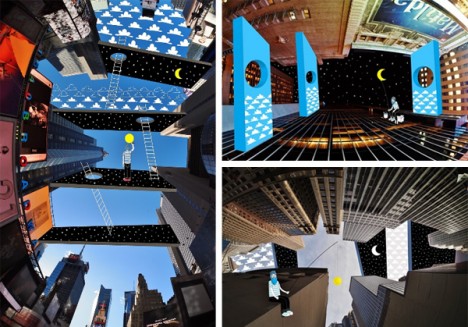
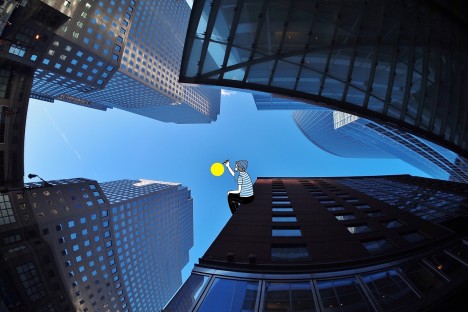
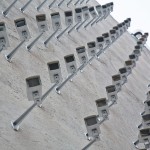
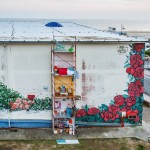
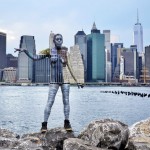
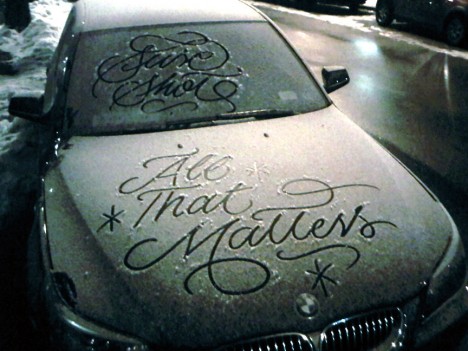
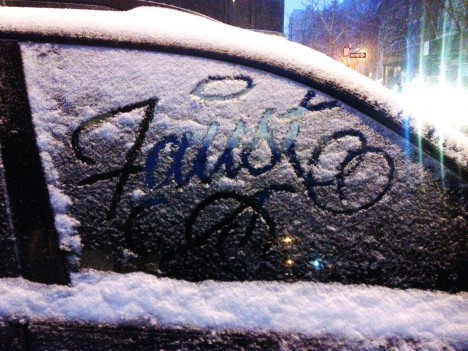
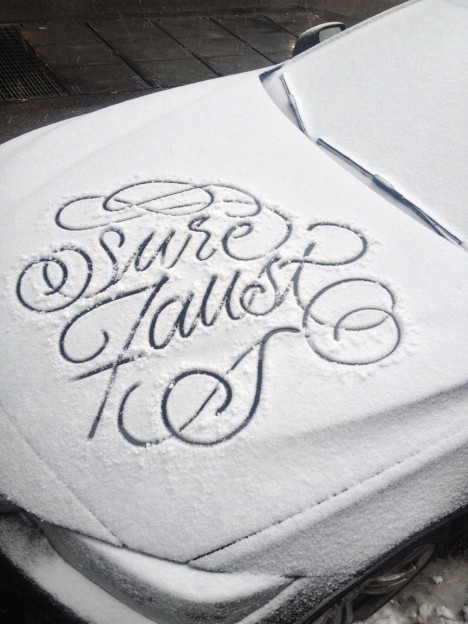
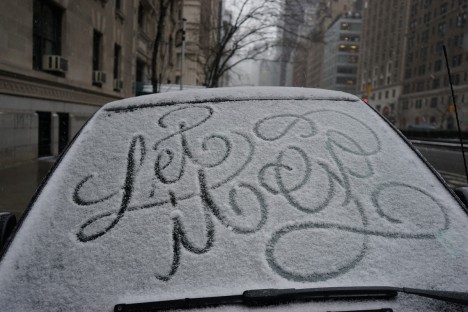
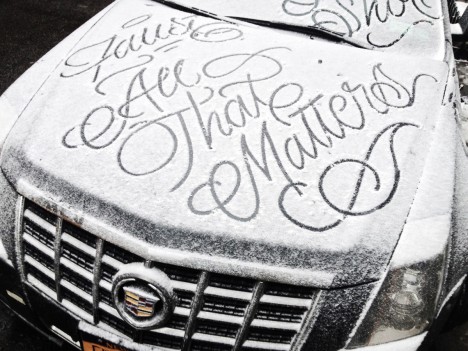
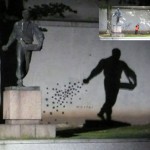
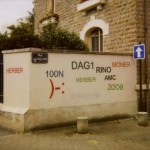
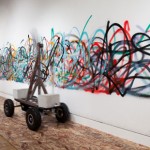
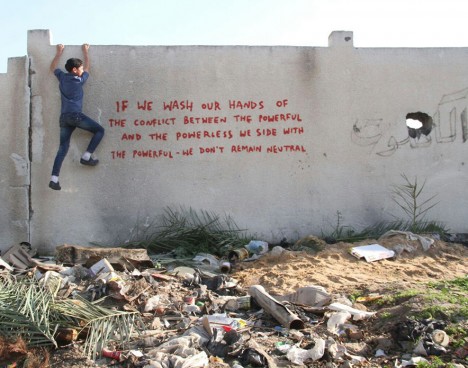
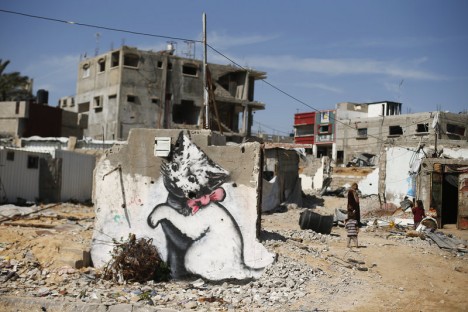
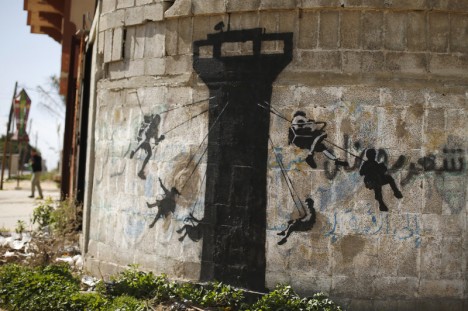
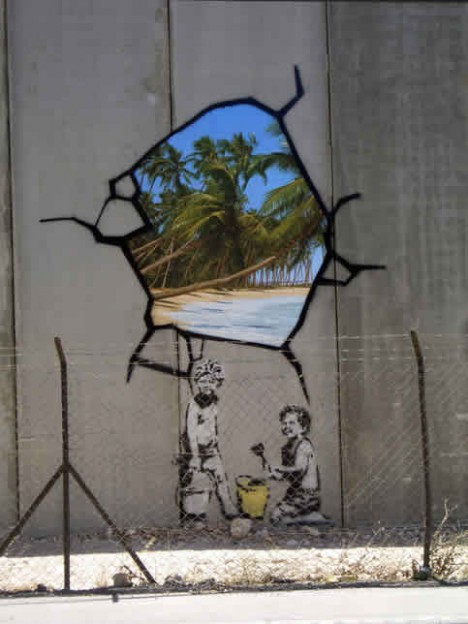
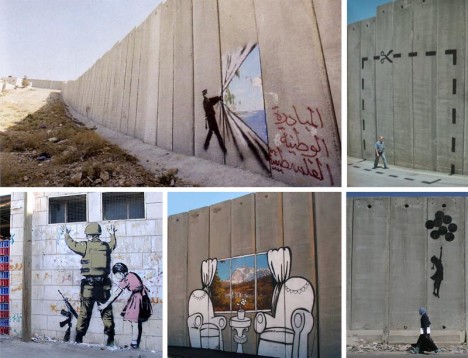
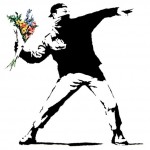
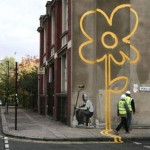
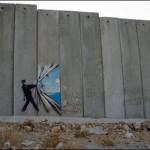






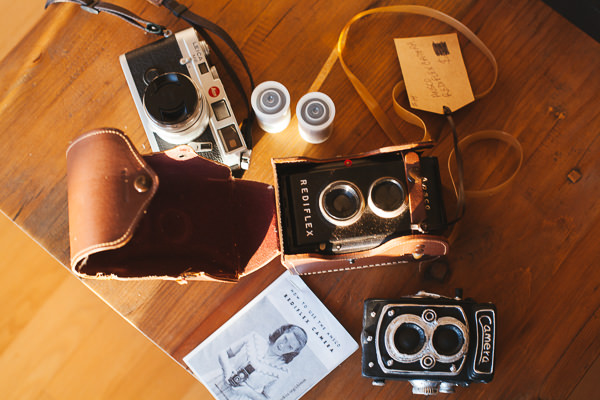



You must be logged in to post a comment.